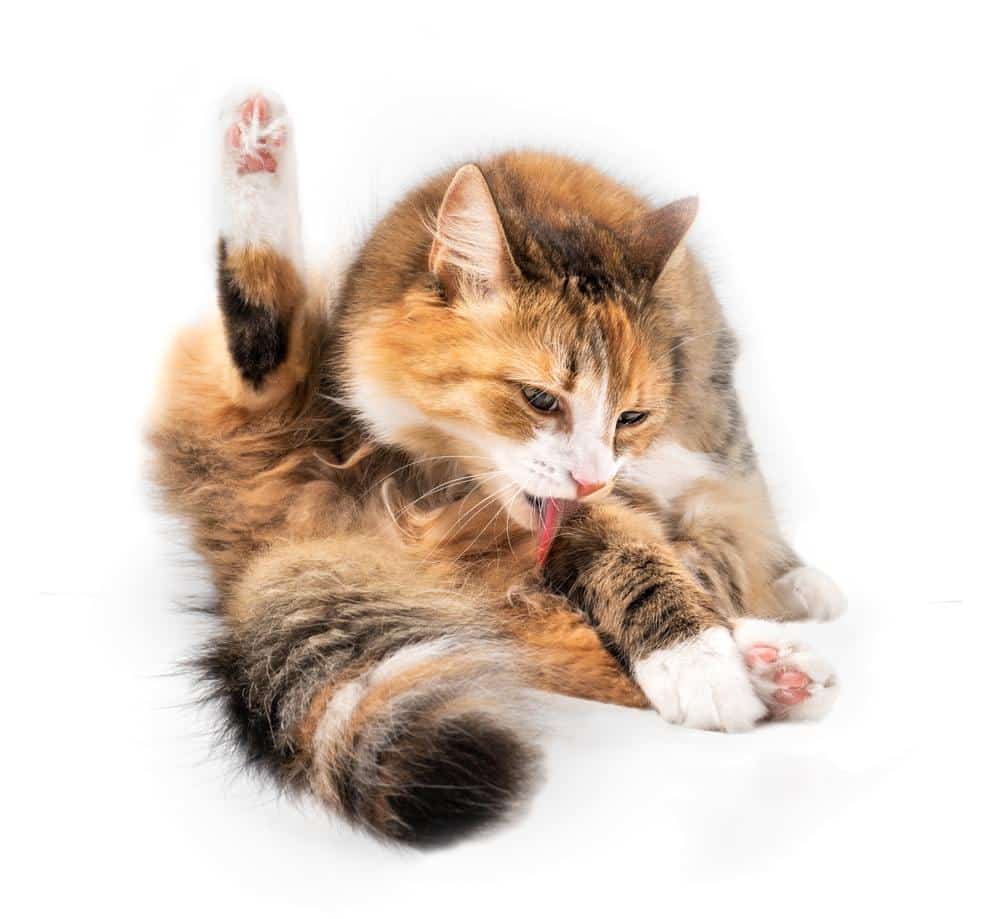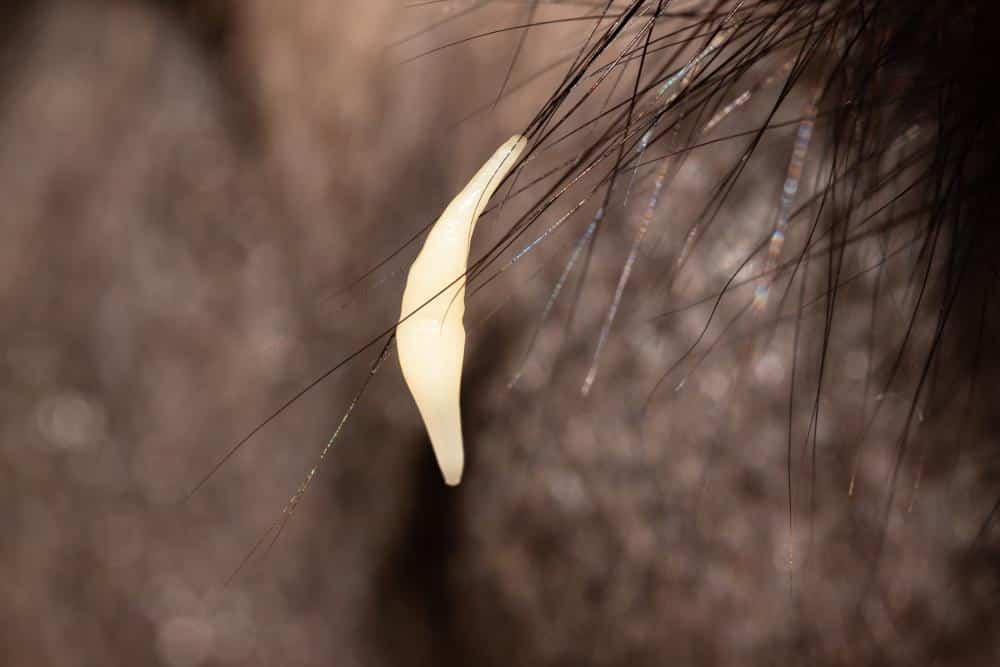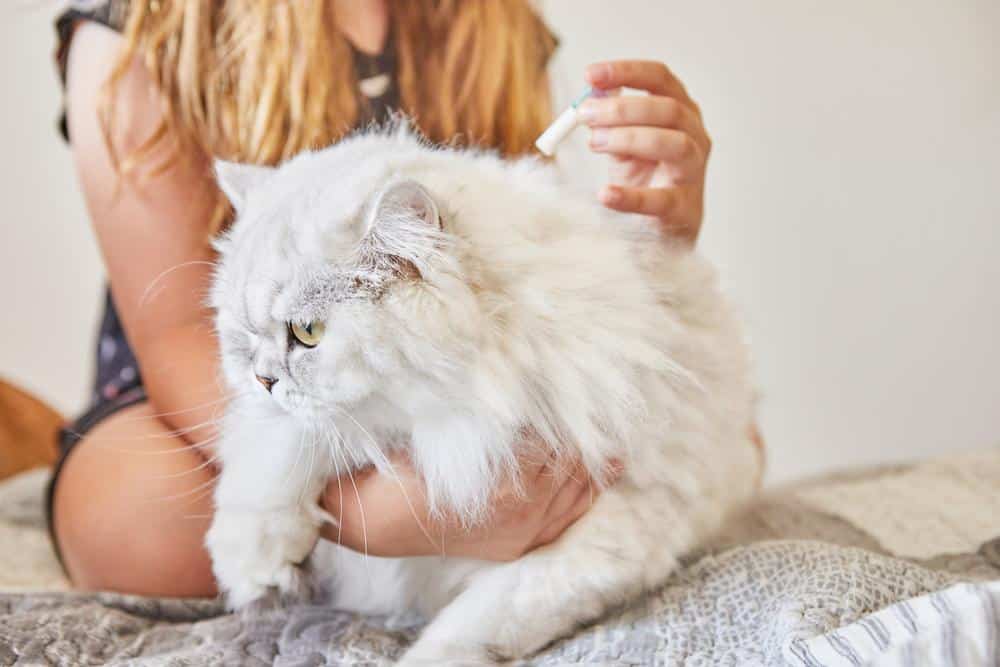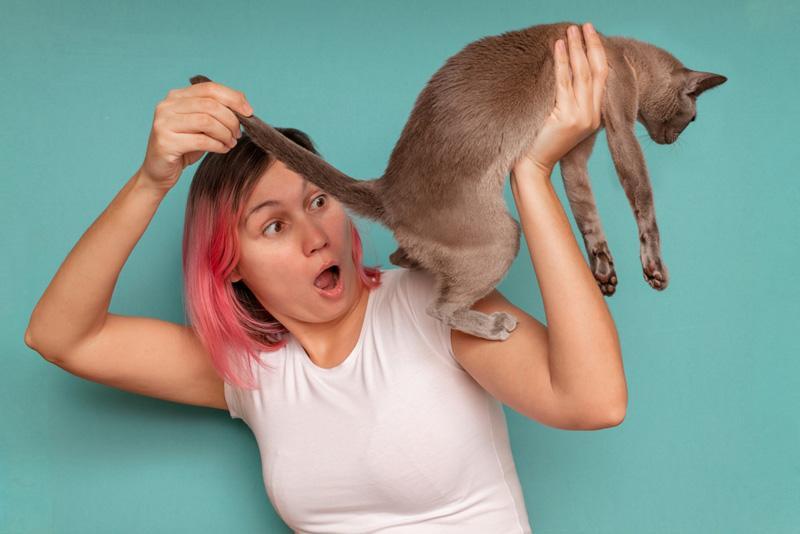How to prevent tapeworms in cats
No cat deserves an itchy bum.
Yes, really – not even that aloof feline who only tolerates a pat at dinner time.
But ESPECIALLY not the other little furball in charge of your heart.
Tapeworms don’t discriminate: these opportunistic parasites will infect an entire household given the chance – although this doesn’t happen often.
The most common feline tapeworm in Australia doesn’t spread easily to humans, so it’s unlikely to set up residence in our intestines, thankfully.
But enough about us, let’s get back to the real master of the house (Fluffy):
Most of the time, tapeworms are fairly harmless for felines.
However in extreme cases; untreated tapeworm in cats causes serious complications like intestinal blockages and seizures. The good news is the right treatment will quickly banish these trespassers, and prevention is even easier.
We’ll explain defensive and offensive strategies soon, but first, let’s get familiar with these pesky critters (not too familiar, please).
What are tapeworms in cats?
Feline tapeworms are long, flat parasites that use their hooked mouths to cling onto the lining of the small intestine.
They can grow as long as 20 inches, which isn’t pleasant to think about.
Once fully mature, the worm splits into smaller segments (proglottids) that contain eggs.
These segments travel through cat poop. Other creatures can be infected upon contact with the eggs or fleas. The odds are low for cat to human transmission, though it does sometimes happen and should always be treated by a doctor (those cases usually occur in children).
In Australia, the most widespread feline tapeworm is “Dipylidium caninum” (carried in fleas). It’s easy to treat and won’t transmit easily to humans.
The more dangerous and rare Echinococcus species infects cats in the Northern Hemisphere, but thankfully isn’t a concern for felines in Australia. However, it can be found in Australian dogs

Feline tapeworm symptoms and side-effects
More often than not, feline tapeworm side-effects are mild. Sometimes there are no symptoms at all.
In fact, you may not realise there’s an infection, until you notice wriggling segments of tiny worms in cat poop (lovely).
This is normally the strongest indicator, but other signs from your cat include:
- Licking, biting or scratching its anus
- Dragging hind legs across the floor to relieve itchiness
- Weight loss
- Vomiting
- Shabby, dishevelled or dull coat
- Irritable mood
- Mild diarrhoea
Side-effects are more concerning in rare cases, when the infection load is stronger:
- Seizures
- Intestinal blockages and complications
Adult felines are more likely to get infected but won’t show obvious symptoms if healthy; unlike kittens and cats with compromised immune systems.
What signs should you look for in the litter box?
You’re looking for tapeworm segments, which resemble grains of white rice or sesame seeds (sorry to turn you off these foods).
This isn’t for the faint-hearted, but grit your teeth and examine kitty’s poo, bedding and rear end anyway. Be respectful, of course. Proud felines don’t appreciate anyone snooping around their private parts.
Book a vet appointment for official diagnosis and treatment, if you find any segments, or your cat seems unwell.

What causes tapeworm in cats?
Fleas are the main culprit responsible for tapeworm. Many types of larvae grow inside their intestines.
A cat that eats the infected flea (usually while grooming) quickly becomes infected too. It isn’t long before this small tapeworm grows into a large worm that splits into tiny segments that get passed through the faeces – and so the transmission cycle continues.
Let’s not put all blame on the humble flea, however.
Small animals like rodents also tend to be infected with tapeworms, which get passed onto the cat that just snacked on a tasty mouse.
Outdoor cats that hunt are more likely to become infected, as are kitties that spend time in flea-infested areas.
Treatment for worms in cats
A veterinarian will prescribe oral medication or an injection to get rid of the worms. It usually works within three weeks, as long as the full course is administered (severe cases could take longer).
Some species of tapeworm don’t respond as well to standard treatments and may require a more targeted approach. For example, normal worming tablets aren’t effective on the Spirometra tapeworm, which affects cats that feast on geckos and lizards in Queensland.

How to prevent tapeworms in cats
Prevention is the best cure.
It’s a good idea to give your cat regular flea and tick medication every one to three months, to stop fleas (and their tapeworms) from taking hold.
You can usually buy these tablets without a prescription, but ask your vet for their recommendations too.
Don’t forget to regularly wash your pet’s bedding, soft toys and grooming tools with hot water to kill any eggs that may be around.
Vacuum the floors, rugs, carpets and sofas frequently too, and throw the bag in an outdoors bin so that eggs don’t hatch inside. You can also spray these surfaces with a flea spray – just make sure your vet approves of the ingredients.

Get free Potiki Perks (like worming tablets) with reliable pet cover…
Worming tablets aren’t cheap, especially when needed year-round.
You may fork out $300 to $450 a year, to protect a single cat from tapeworms.
This can quickly become an overwhelming cost, when added to other pet-related expenses like food, vet bills and grooming tools.
Potiki makes it easy for ‘pawrents’ to look after their furbaby’s everyday needs (and hopefully prevent health problems like parasites in cats).
Our affordable pet insurance comes with free Potiki Perks (sent to you):
All customers get access to Potiki Perks#. Potiki Perks# comes with the free Potiki Perks app offering exclusive offers, 2-for-1 deals, and up to 20% off in categories like dining, activities, shopping, travel, and more. You will also have access to myPetPass™** which unlocks extra support and savings on everyday pet essentials such as online vet care, discounted pet prescription medication and savings on premium pet food.
This is on top of reliable pet cover that pays for 80 per cent of your eligible vet bills for unexpected illness and injury (vet fees often cost thousands of dollars).
- Get a quick Potiki quote to find out what your premium will cost for one year.
- Submit payment if you’re satisfied with that amount (email us on [email protected] with any questions).
- Log into your personal portal to select items for your Potiki Perks package, which will be swiftly delivered to you.
- Lodge a claim if you need help paying vet bills for unexpected sickness or injury.


